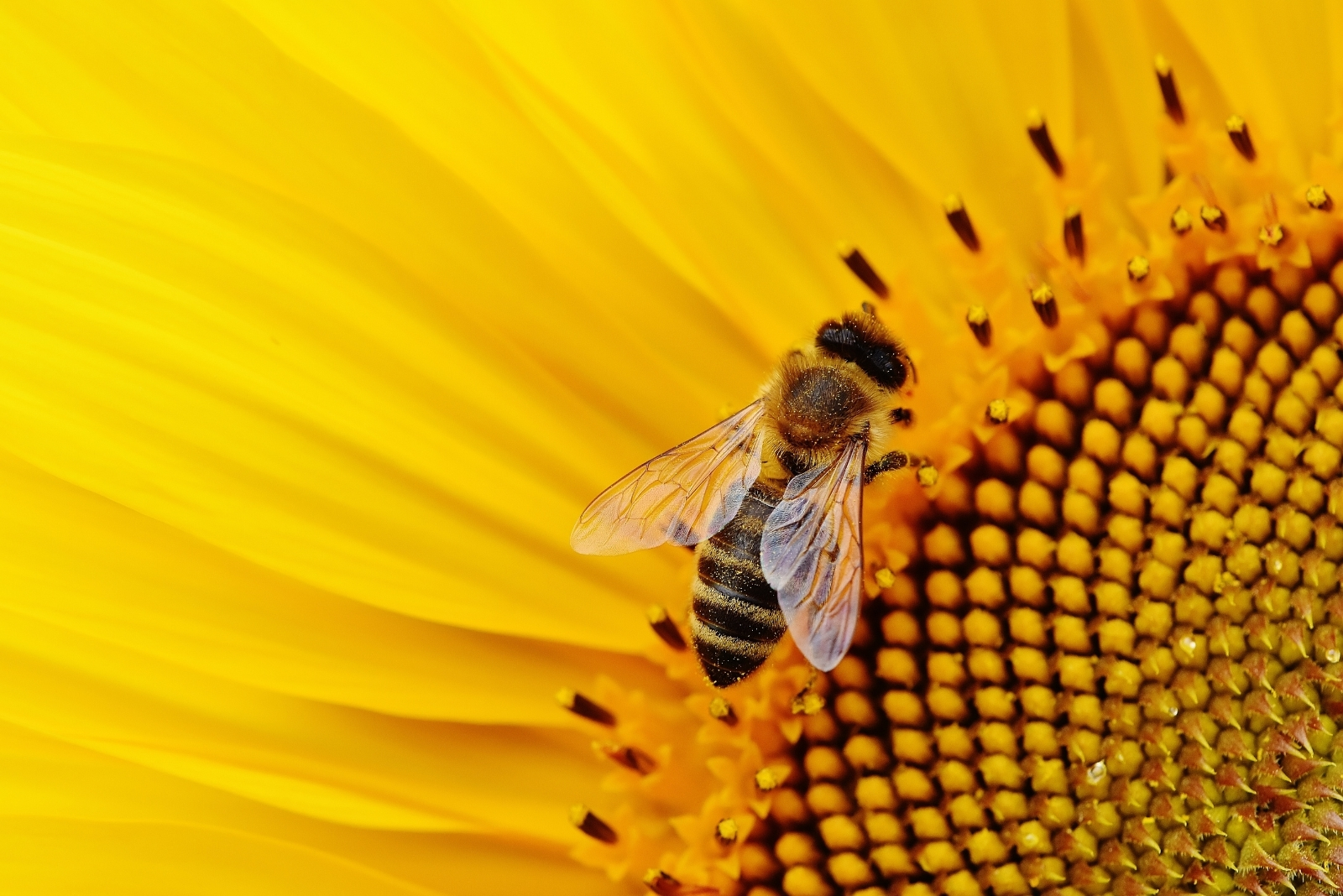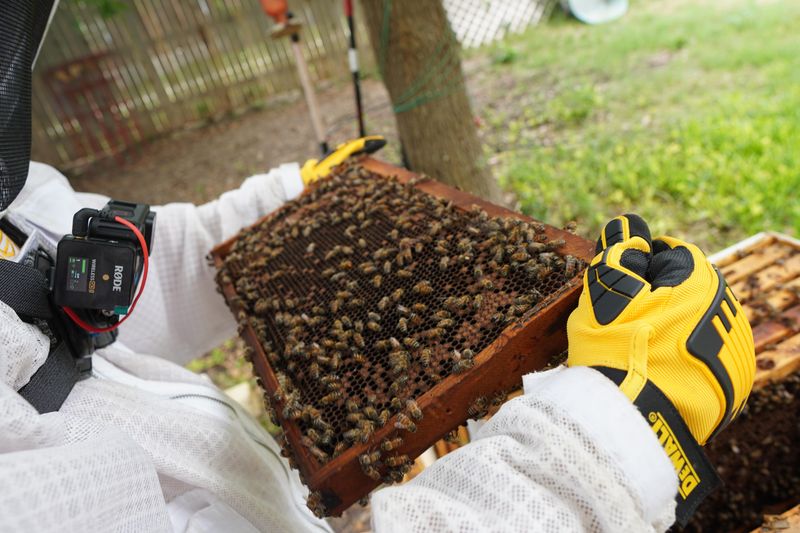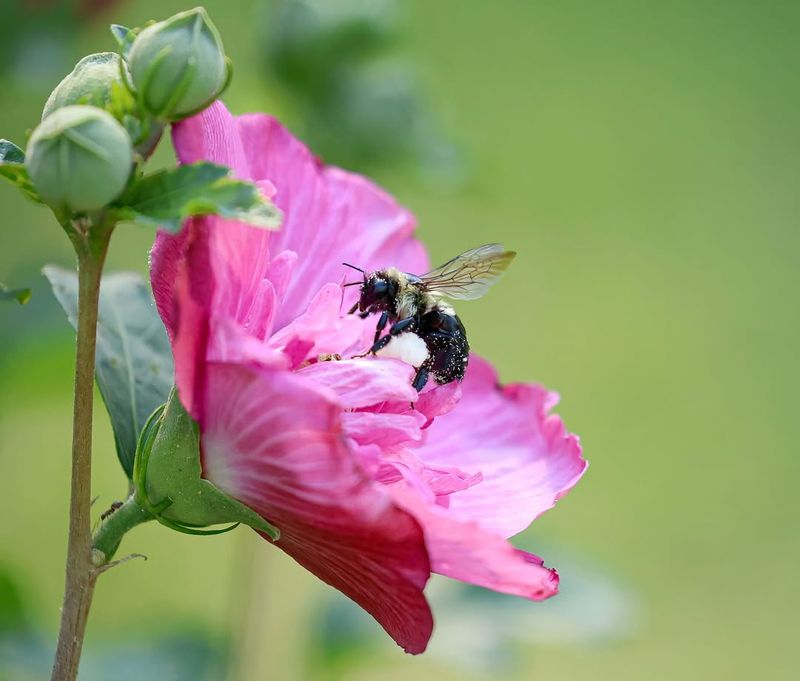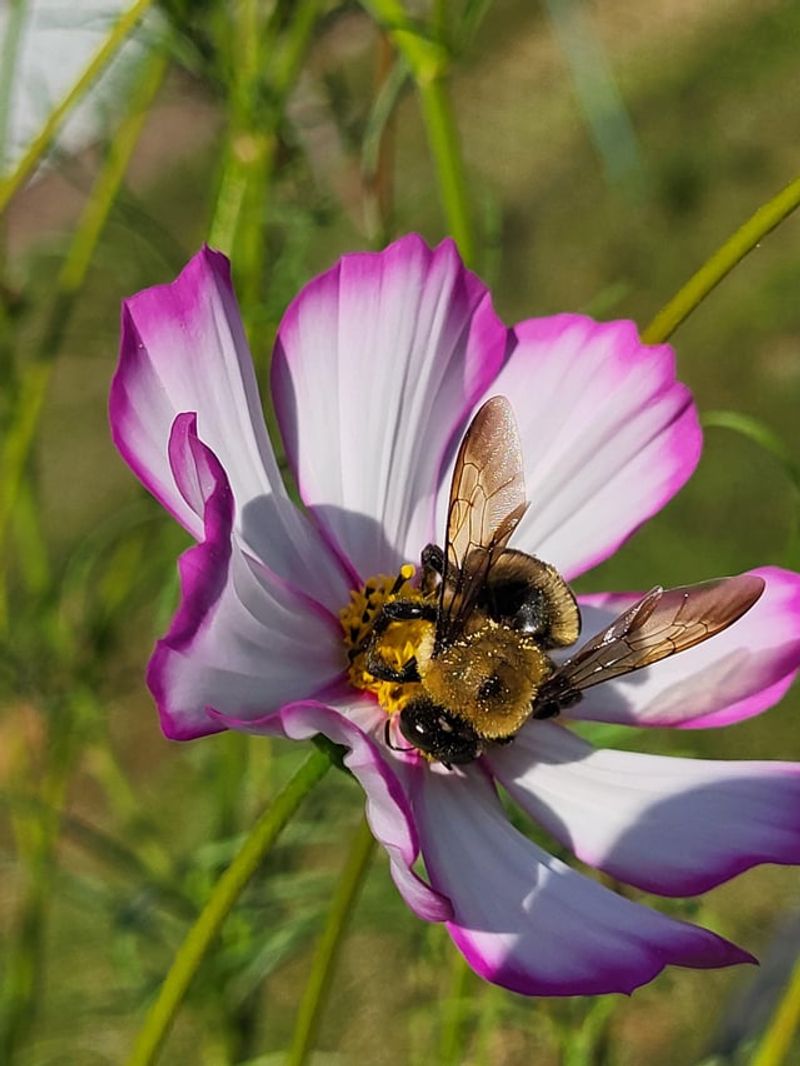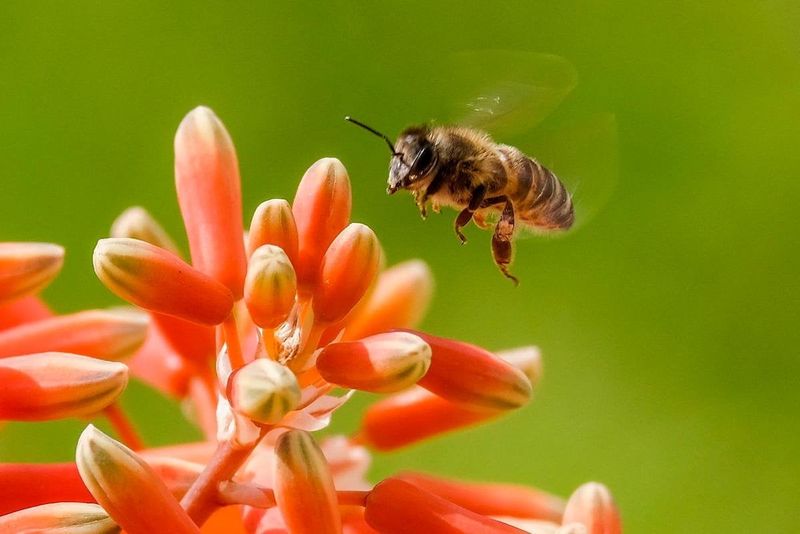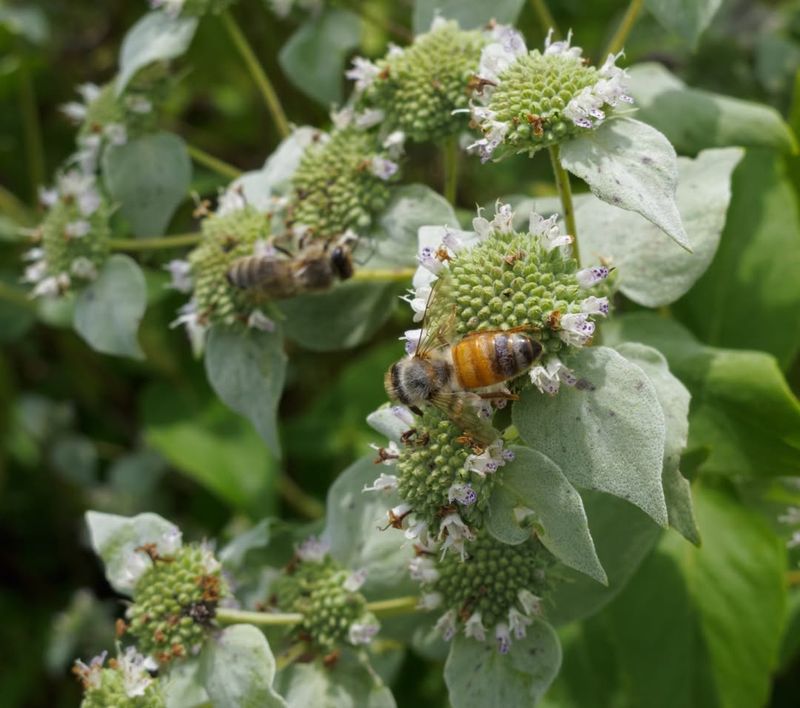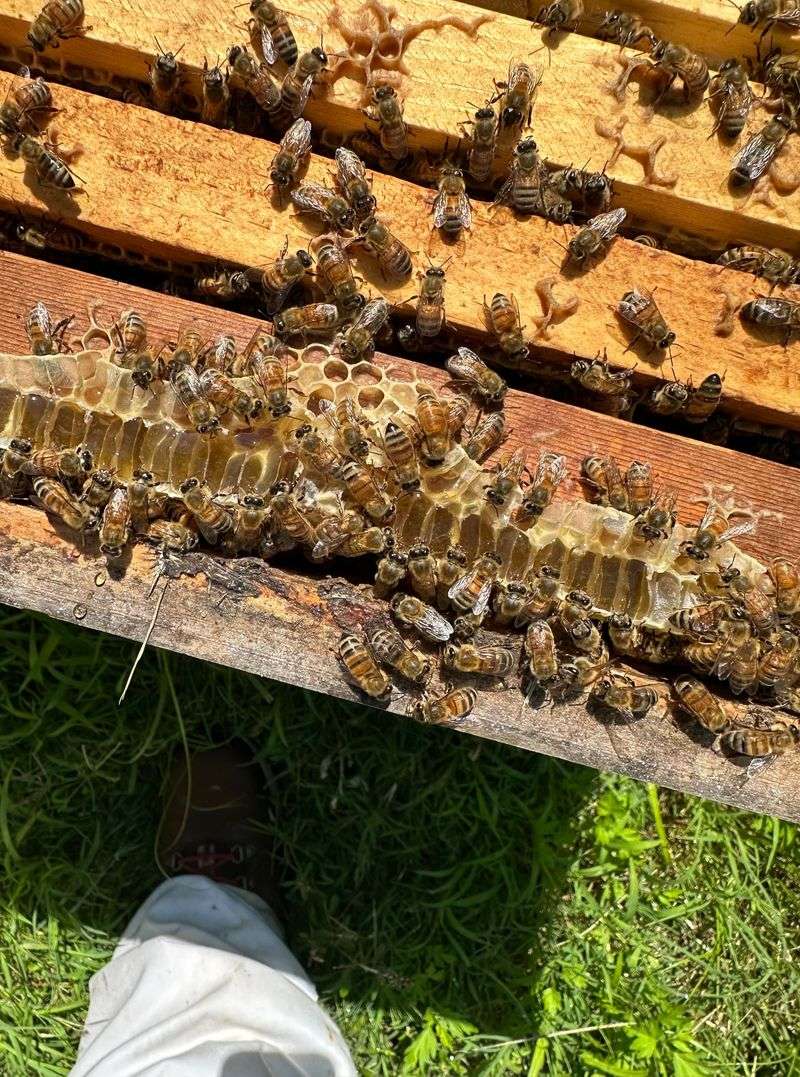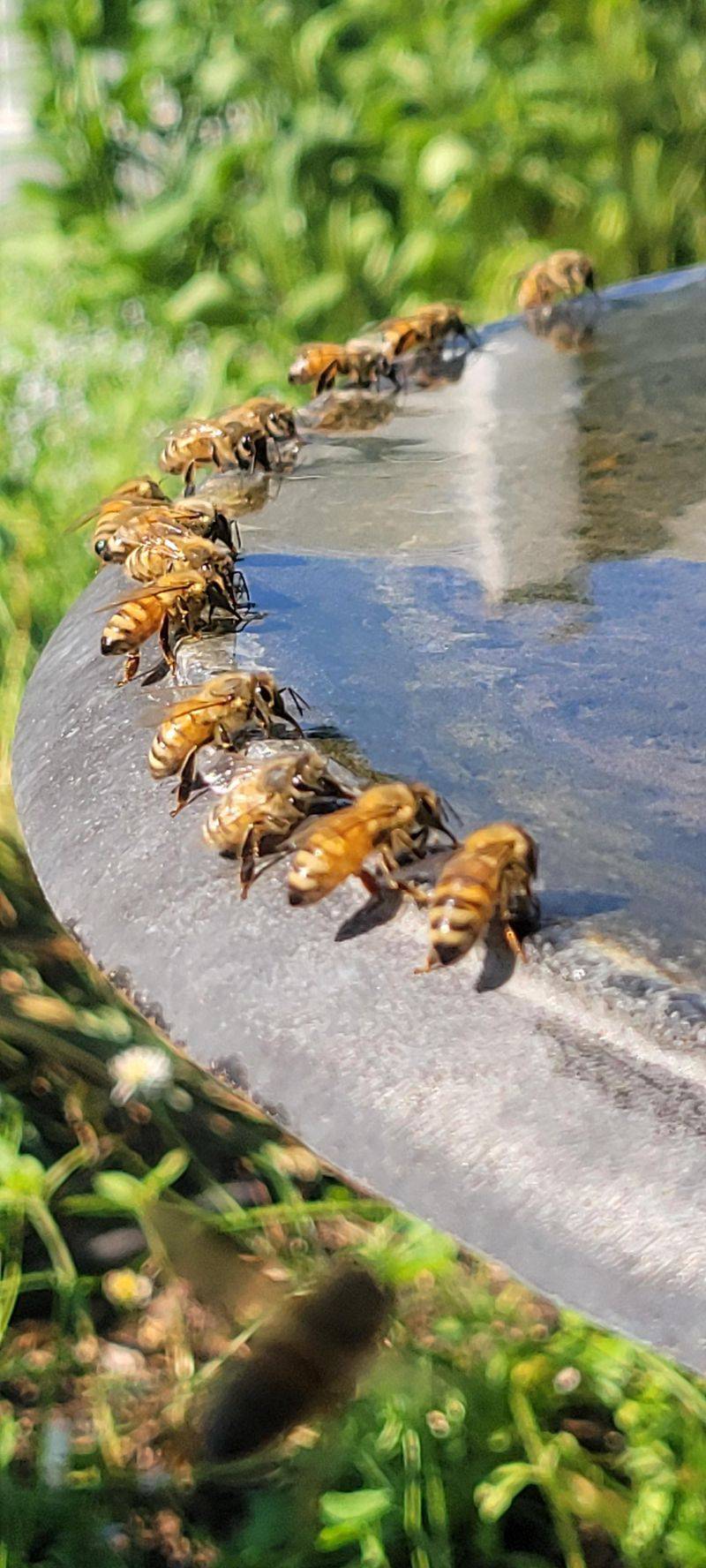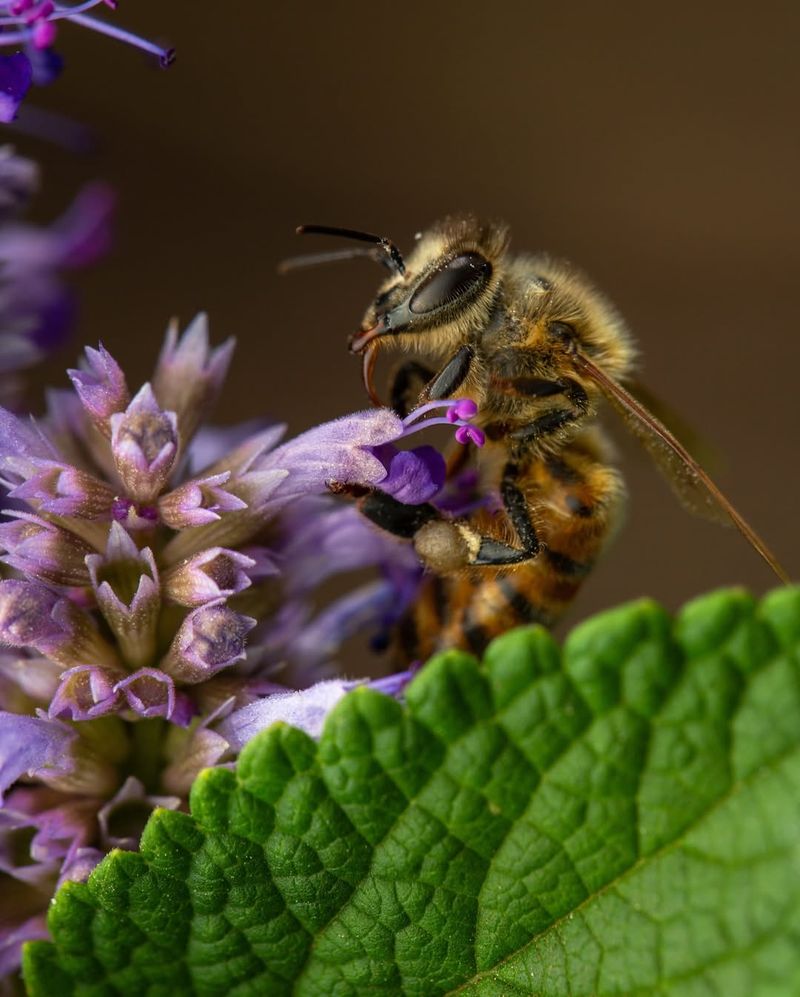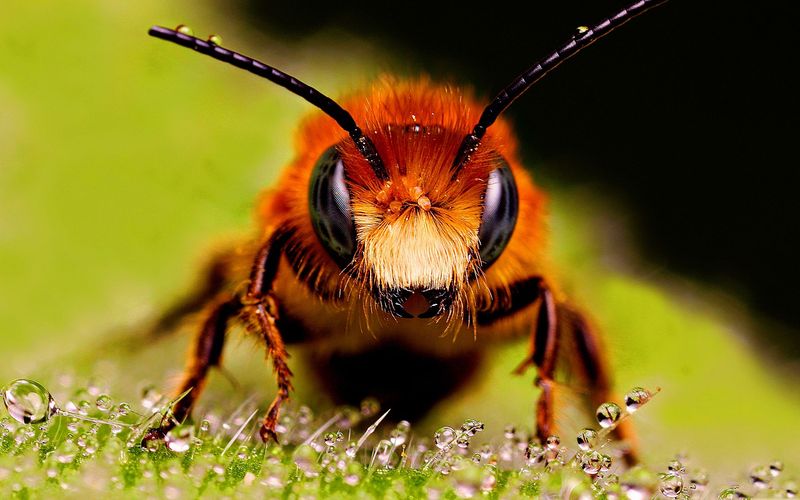Maryland gardeners have started to notice fewer bees hovering around their flowers. It’s worrying, especially when these little pollinators are such garden heroes.
From pesticide use to shifting weather, there are a few key culprits. Here are nine reasons Maryland’s bees might be disappearing — and what it means for your garden.
1. Pesticide Use Is Harming Pollinators
Chemical sprays meant to kill unwanted insects often harm bees too. Neonicotinoids, a common pesticide type, can confuse bees and prevent them from finding their way home.
Many Maryland gardeners unknowingly use these harmful chemicals on flowers and vegetables. Even small amounts can weaken bee colonies over time, making them more vulnerable to disease and starvation.
Choosing organic pest control methods protects both your garden and local bee populations.
2. Loss of Native Wildflowers
Native plants have disappeared as lawns and non-native ornamentals take over Maryland yards. Bees evolved alongside local wildflowers and depend on them for proper nutrition.
When these plants vanish, bees struggle to find the specific pollen and nectar they need. A perfectly manicured lawn offers almost nothing for hungry pollinators searching for food.
Planting native Maryland species like black-eyed Susans and milkweed creates essential feeding stations for struggling bee populations.
3. Climate Change Disrupts Seasonal Patterns
Warmer winters and unpredictable springs confuse bees about when to emerge from hibernation. Flowers may bloom before bees wake up, or bees might appear before food sources are ready.
Maryland has experienced increasingly erratic weather patterns that throw off this delicate timing. Extended droughts also reduce the number of flowering plants available throughout the season.
This mismatch between bees and blooms creates starvation conditions for colonies trying to rebuild after winter.
4. Habitat Destruction From Development
Construction projects across Maryland eliminate wild spaces where bees naturally nest and forage. Every new housing development or shopping center removes potential bee habitat.
Ground-nesting bees, which make up about 70% of bee species, lose their homes when soil gets paved over. Wood-nesting varieties struggle when dead trees and brush piles disappear from the landscape.
Preserving small wild patches in your yard gives bees crucial nesting opportunities they cannot find elsewhere.
5. Invasive Species Compete for Resources
Non-native plants and insects have invaded Maryland ecosystems, creating tough competition for local bees. Invasive species often crowd out native plants that bees rely on for survival.
Some aggressive invaders produce flowers that attract bees but provide poor nutritional value. Others spread so quickly they dominate entire areas, leaving no room for beneficial native vegetation.
Removing invasive plants from your Maryland garden helps restore balance and supports native bee populations struggling to compete.
6. Disease and Parasites Weaken Colonies
Varroa mites and other parasites have devastated honeybee colonies throughout Maryland and beyond. These tiny pests attach to bees and spread deadly viruses that can wipe out entire hives.
Wild bee species also suffer from various fungal infections and bacterial diseases. Stressed colonies fighting malnutrition or pesticide exposure become even more susceptible to these health threats.
Supporting diverse bee populations creates natural resistance, as different species have varying levels of immunity to specific diseases.
7. Lack of Water Sources
Bees need clean water for drinking and regulating hive temperature, but many Maryland gardens lack suitable water sources. During hot summers, dehydrated bees cannot function properly or care for their young.
Chlorinated pools and contaminated puddles can poison bees searching desperately for hydration. Without shallow water access, bees often drown trying to drink from deep containers.
Adding a shallow dish with pebbles gives Maryland bees a safe landing spot to drink without risk of drowning.
8. Monoculture Farming Practices
Large agricultural operations in Maryland often grow single crops across vast areas, eliminating plant diversity. Bees visiting these farms find only one food type available, which fails to provide complete nutrition.
When that single crop finishes blooming, bees face a sudden food desert with nothing left to eat. Pesticide applications on monoculture farms also concentrate exposure risks for foraging bees.
Encouraging farmers to plant wildflower strips along field edges creates vital diverse food sources for Maryland’s struggling bee populations.
9. Light Pollution Confuses Navigation
Artificial lights from homes and streetlights disrupt natural bee behavior patterns across Maryland’s suburban areas. Some bee species forage at dawn or dusk and become disoriented by constant artificial illumination.
Bright lights can prevent bees from returning to their nests or cause them to waste energy flying around confused. Light pollution also affects the flowering patterns of plants that bees depend upon.
Reducing unnecessary outdoor lighting, especially in Maryland gardens, helps bees navigate naturally and conserve their limited energy reserves.

